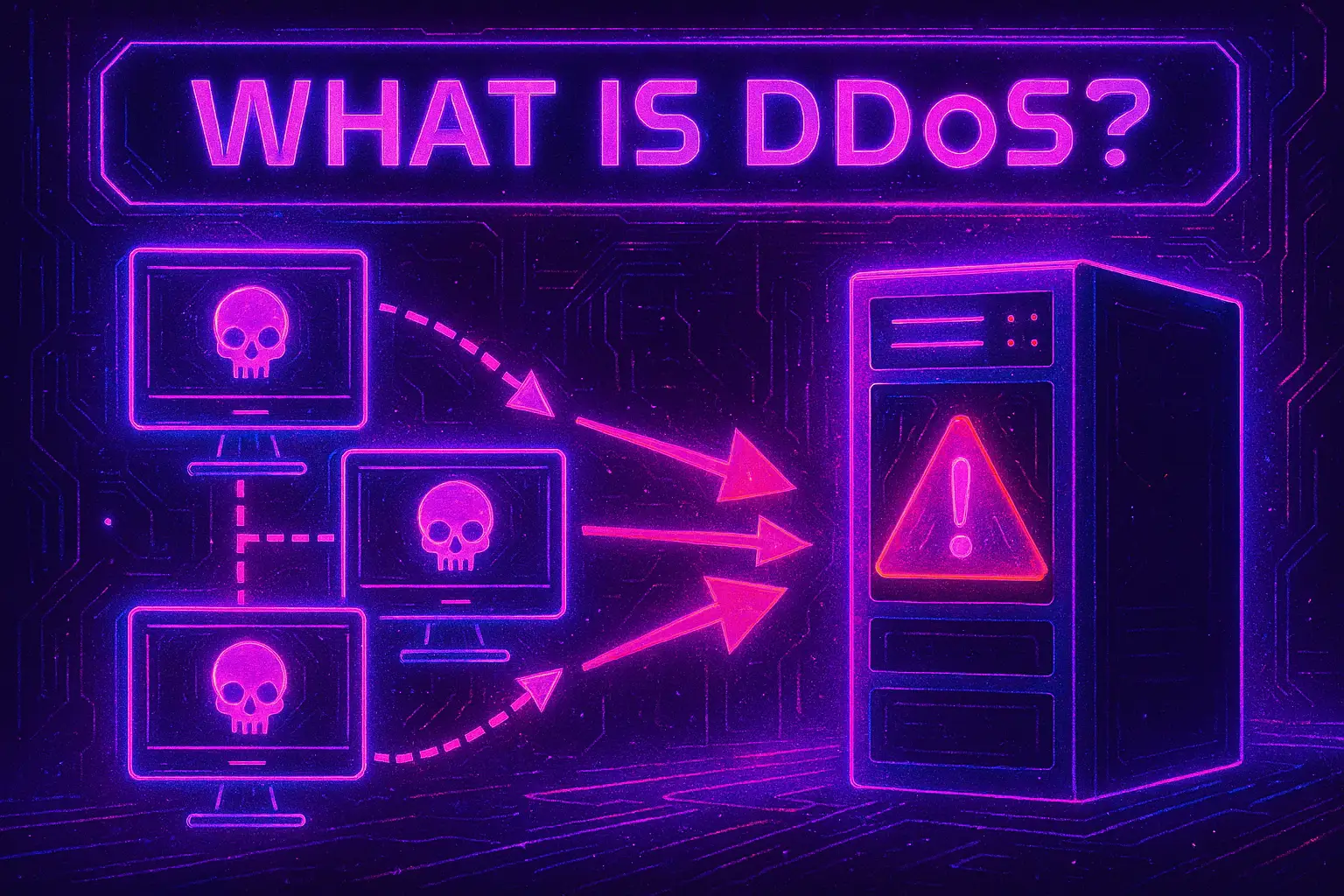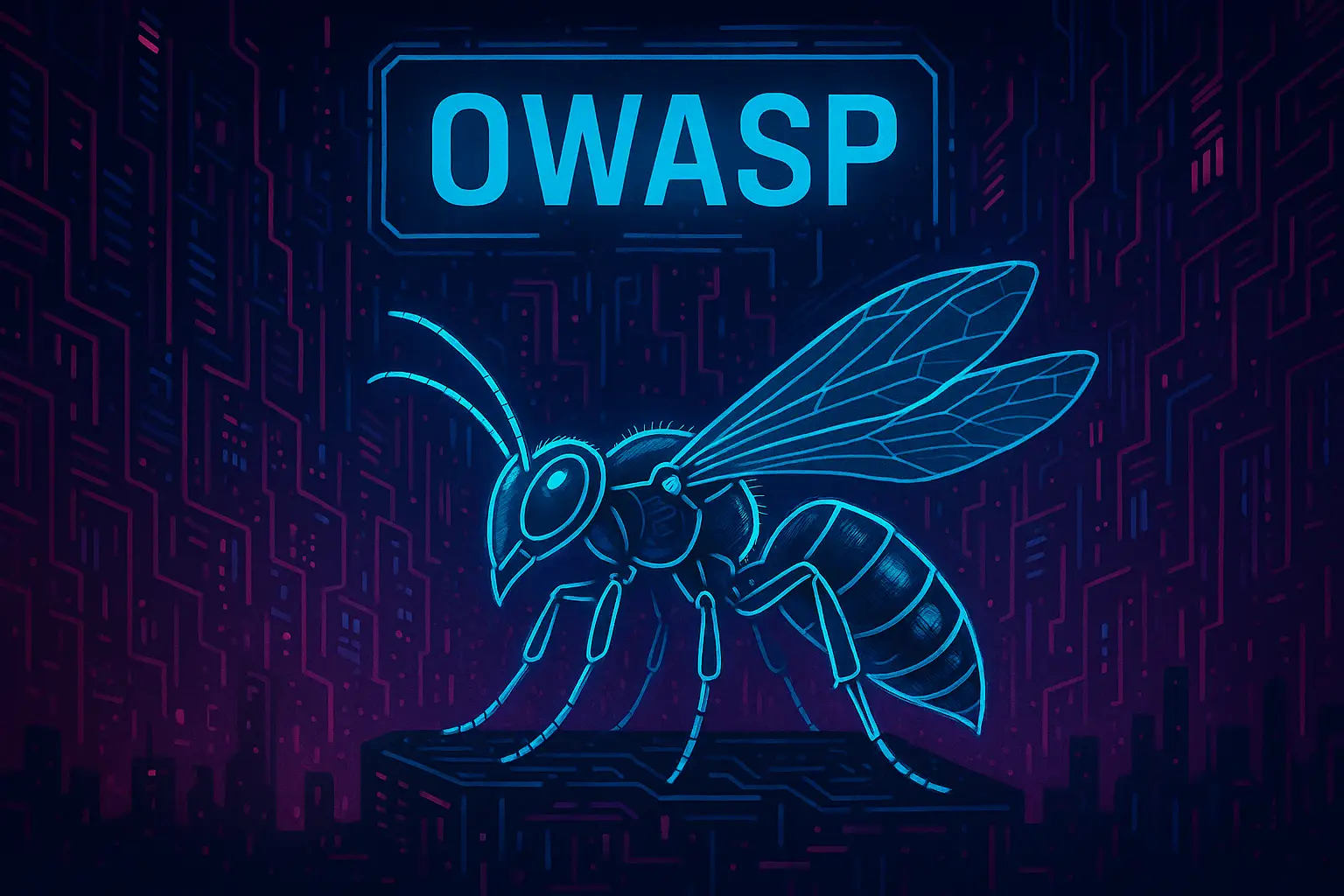What is DDoS?
A Distributed Denial of Service (DDoS) attack is a malicious attempt to disrupt the normal traffic of a targeted server, service, or network by overwhelming it with a flood of traffic from multiple sources. Unlike a basic Denial of Service (DoS) attack, which comes from a single source, DDoS attacks leverage botnets — networks of compromised devices — to amplify their impact and make them harder to stop.
The aim? Make your online service slow, unstable, or completely inaccessible to real users.
What’s the Impact?
The consequences of a DDoS attack can be severe:
- Revenue loss — Downtime directly translates to lost sales and missed opportunities.
- Reputation damage — Customers may lose trust in your ability to stay operational.
- Operational disruption — Internal systems and workflows grind to a halt.
- Increased vulnerability — Attackers may use the distraction to launch secondary attacks.
Even a short outage can have a lasting financial and reputational impact.
Common Targets
While any organization with an internet-facing presence is vulnerable, these industries are frequent targets:
- E-commerce
- Banking & Finance
- Online Gaming
- Healthcare
- Government Services
- SaaS providers
If your operations depend on consistent uptime, you’re at risk.
Kinds of DDoS Attacks
Volumetric Attacks – Saturate network bandwidth with huge volumes of traffic (e.g., UDP floods, ICMP floods).
Protocol Attacks – Exploit weaknesses in network protocols to exhaust server resources (e.g., SYN floods, Ping of Death).
Application Layer Attacks – Target specific applications to exhaust resources (e.g., HTTP floods).
Multi-Vector Attacks – Combine multiple attack strategies for maximum impact.
Develop a DDoS Attack Response Plan
To minimize damage, you need a clear action plan:
- Identify critical assets — Prioritize what needs protection the most.
- Implement traffic monitoring — Detect anomalies before they escalate.
- Assign roles & escalation paths — Ensure the right people act fast.
- Partner with a mitigation provider — Have resources ready to absorb attacks.
- Test with drills — Practice your plan under realistic conditions.
How Cyberdefence Protects You Against This Threat
At Cyberdefence, we offer end-to-end DDoS protection that keeps your systems online even under massive attack:
- 24/7 threat monitoring — Immediate detection of abnormal traffic patterns.
- Global mitigation infrastructure — Scrubbing centers filter out malicious traffic without affecting legitimate users.
- Advanced filtering — Application-level defense that adapts to evolving threats.
- Expert incident response — Our specialists work side-by-side with your team during an attack.
- Proactive prevention — We stay ahead of the latest DDoS trends to keep you safe.
With Cyberdefence as your security partner, you can operate confidently — knowing your uptime, data, and reputation are protected.






